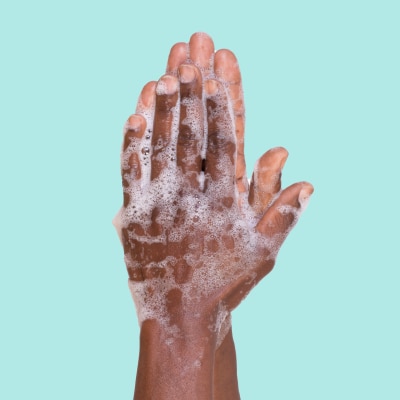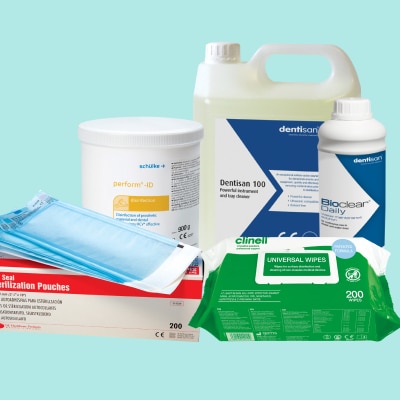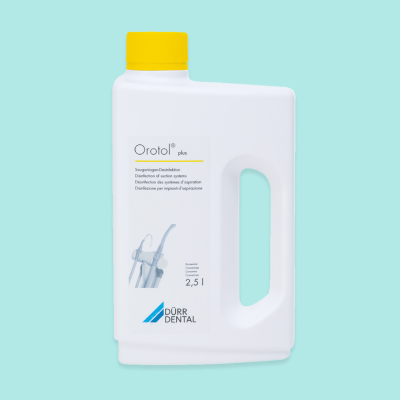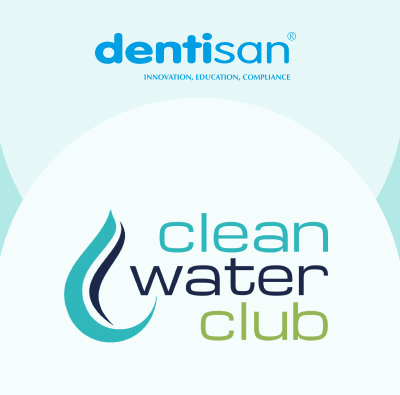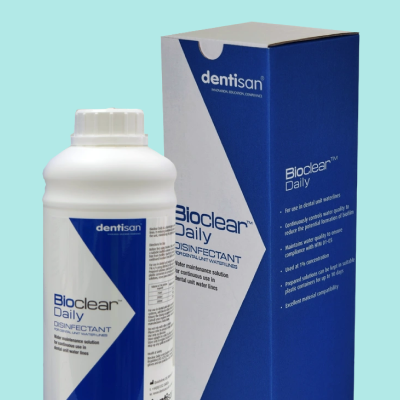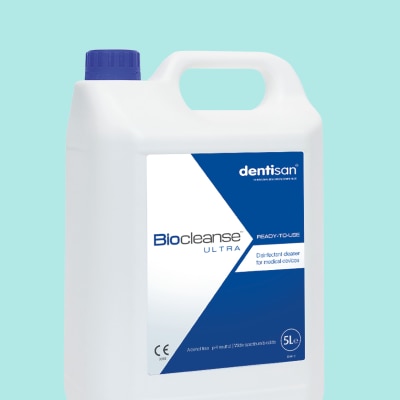Surfaces which come into close contact with human touch are obviously a key transmission route and processes to remove bacteria, proteins and other contaminants are vital if the risk of infection is to be kept to a minimum.
Be Wary Of Cheap Disinfectants
The impact of COVID-19 on the hygiene sector was significant, with reduced production capacity and unprecedented demand being important contributing factors. Demand has been exceptionally high for biocides and virucides, placing real pressure on raw materials and manufacturing output.
As demand outstripped supply, a huge array of cheaper surface disinfectants appeared on the market, especially via the internet. Many such products are unproven and can only claim limited efficacy against bacteria or simple viruses, rather than providing the broad spectrum microbiocidal action required by dental practices.
These products can also contain chemicals that can potentially damage surfaces and equipment, leading to unnecessary downtime and expense.
Hard Surface Cleaning
It is recommended that work surfaces are cleaned with a wide spectrum, microbiocidal wipe or spray which is effective against mycobacteria, fungi, yeast and enveloped viruses such as HIV, HBV, HCV H1N1 and H5N1, as well as conforming to EN standard 14476 for virucidal activity against enveloped viruses.
Compatibility with a broad range of surgery surfaces, such as PMMA and upholstery, is essential to protect expensive equipment and products should be compliant with HTM 01-05 or similar local regulations.
A simple definition of CAD/CAM dentistry is the use of digital software to design and manufacture dental restorations and prostheses. CAD stands for computer-aided design and CAM stands for computer-aided manufacturing. The technology can be used to create crowns, dentures, inlays, onlays, bridges and veneers among other things. The speed of the CAD/CAM process allows for dental prosthetics to be designed, manufactured and delivered to the patient in quick time, sometimes the same day. The wider system of using computer assisted technologies to produce restorations is known as CEREC (Chairside Economical Restoration of Aesthetic Ceramics).
Don’t Forget The Floor
Of course, one of the largest hard surfaces in a practice is the floor and this too requires cleaning and disinfection. Floors should be cleaned at the end of each session, unless there is visible contamination on the floor.
A Single Stage Process
Whatever the frequency, decontaminating floors is a time-consuming process, so being able to clean and disinfect in a single stage is an efficient way to ensure compliance.
DentiFloor is a scientifically formulated all-in-one floor cleaner and disinfectant containing a wide spectrum biocide that cuts through contaminants, lifting them from the floor surface, leaving a physically clean and disinfected surface.
DentiFloor is supplied in a concentrated form which is diluted with clean water at 20ml per litre solution.
Exposed surfaces should be cleaned and disinfected to ensure the physical removal of soiling matter from surfaces and the subsequent inactivation of harmful pathogens. Now, advances in infection control enable cleaning and disinfection to be achieved in a single step, saving time and quickening the pace of patient flow through the practice.


